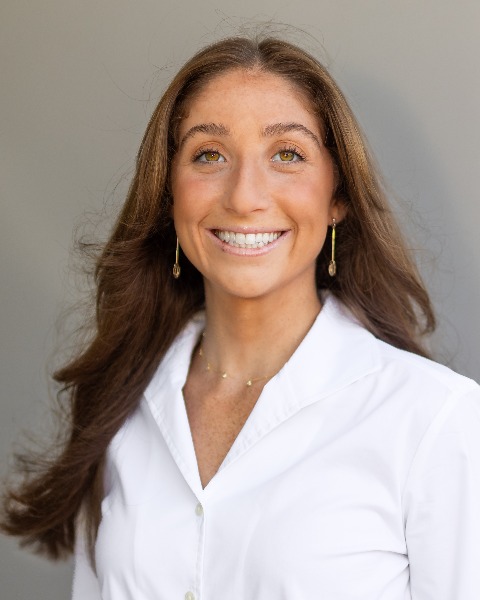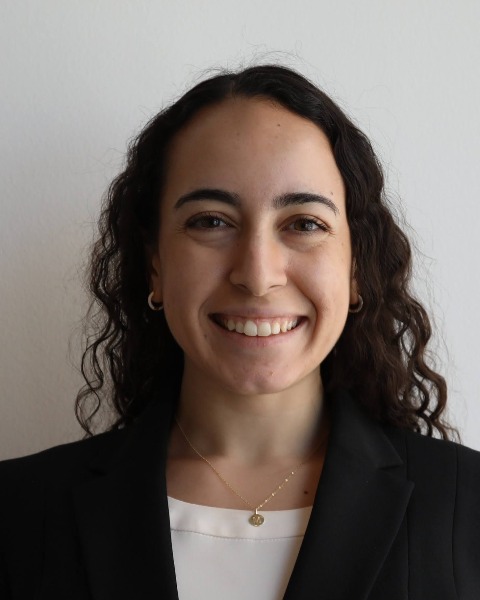SIR 2025
Interventional Oncology
Traditional Poster
71 - Where We Are and Where We Need to Be: Exploring Tumor Recurrence Post-Y90 Treatment – Correlating Underdosed Regions from Voxel-Based Dosimetry with CBCT Perfusion and SPECT Imaging
- NN
Neel Nirgudkar, MD
Resident
Interventional Radiology, United States 
Jackie Brenner, BS (she/her/hers)
Medical Student
University of Miami, United States
Marisela Neff (she/her/hers)
Medical Student
University of Miami, United States- NB
Nikita Bansal, BS
Medical Student
University of Miami, United States - JC
John Cacciatore, BS
Medical Student
University of Miami, United States - KR
Kenneth Richardson, MD
Resident
Department of Radiology, University of South Florida, Tampa, United States 
Bradford J. Wood, MD, FSIR
United States
- JZ
Joseph Zikria, MD
Assistant Professor of Clinical Radiology
University of Miami, United States - JK
Jessica Kumar, MD
Attending
University of Miami, United States - US
Usman Shahid, MD
Attending
University of Miami, United States - SV
Shree Venkat, MD
Attending
University of Miami, United States - FA
Francisco Alessandrino, MD
Attending
University of Miami, United States - LP
Lorraine Portelance, MD
Attending
University of Miami, United States - BS
Benjamin Spieler, MD
Attending
University of Miami, United States - LT
Lindsay Thornton, MD
APD
University of Miami Miller School of Medicine, United States
Author/Co-author(s)
Poster Presenter(s)
Author/Co-author(s)
- Explore the role of virtual perfusion to refine pre-procedural predictive measures in Y90.
- Explore spatial variability and its role in underdosed regions.
- Clinical correlation between imaging and treatment response.
Background: Y90-TARE is a key locoregional therapy for HCC and liver metastases, but tumor recurrence remains a challenge, often due to undertreated "cold" regions (1). Traditional dosimetric models, like MIRD and partition, estimate overall dose but lack the spatial resolution to address dose heterogeneity within tumors (2,3). Voxel-based dosimetry overcomes this by assessing dose distribution on a voxel level, with metrics like D95 and D70 correlating with tumor response and pathologic necrosis, underscoring the importance of achieving adequate dose coverage throughout the tumor (4-6). However, its clinical adoption is limited by computational demands and integration challenges in routine practice.
Clinical Findings/Procedure Details:
Combining voxel-based dosimetry with advanced imaging modalities like cone-beam CT, VPP, and SPECT may offer a more comprehensive solution. CBCT VPP enables real-time mapping of hepatic perfusion, identifying underdosed regions and optimizing catheter positioning during Y90 delivery. Post-treatment SPECT verifies microsphere distribution, correlating delivered dose with clinical outcomes (5,7,8).
Specifically, comparison metrics will be assessed with Dice & Hausdorf coefficients comparing paired volumes of any two different modalities (pre-CT, SPECT, procedure CBCT, post CT), and correlating these metrics with survival and local failure. This study aims to integrate voxel-based dosimetry, CBCT VPP, and SPECT to assess dose distribution and its link to tumor recurrence after Y90 TARE, guiding adaptive strategies for improved tumor control.
Conclusion and/or Teaching Points: The combination of these technologies may represent a significant advancement in personalized dosimetry, potentially improving precision, standardization, and predictive models in patients undergoing Y90 therapy. Predicting tissue at risk for underdosing could enable closed-loop procedures, allowing for real-time adjustments and more effective, tailored combination therapies. This would optimize precise, personalized, and dose-specific TARE, ensuring the appropriate dose is delivered to the target tissue and patient at the optimal time.


.jpg)